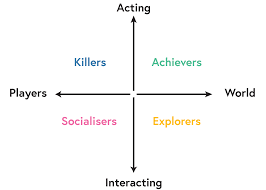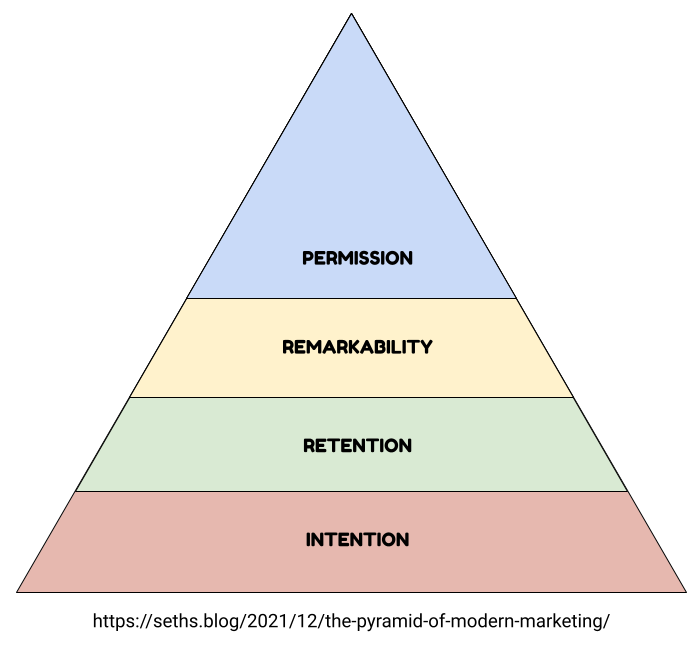A definition of talent is people or a person with a natural ability to do something well.
Companies are looking for Talents. Recruiters are posting messaging on the importance of finding the right talent. Coaches and leaders are repeating how is important to keep the Talents.
Natural ability. Let’s explore this concept.
What is a natural ability? An ability that’s inherited. Aptitudes that stabilize around age 14, that make certain tasks or activities easy to complete, and that require relatively less time, effort, or energy to perform. When we operate in an environment where we can employ these Natural Abilities, we are happiest and perform our best.
Is it possible to develop a natural ability? Skills are learned and don’t always come easily and take relatively more time, effort, or energy to complete. Natural abilities are just inherited.
According to the experts, you may have or not talent. You can put the effort you want to grow your skills.
Companies and leaders are looking to find and keep the talent. To test your talent they test your skills instead!
You may or may not have the talent, the natural ability. It is not your choice. You may be able to spot your talent and bet on it. You may be able to grow the proper skills and become a skilled talent.
Or you may never discover your talent. I would be a super talented technical artist, who knows! I work as a game designer. Am I a talent? I don’t know. My mother says I am!
You have your passions! So that you are growing your skills to nurture your passions. Still, you have not discovered your talent in this scenario.
You have your job! working everyday you are growing your skills for your job. Also here, it is very possible that you still didn’t discovered your true talent. You would be a tremendous guitar player.
You can think that you have talent in something, but you are just skilled enough to do your job above average.
It is good for our mental health to stop showing off our natural abilities, since those are there. Focus on grow our skills everyday, instead. Because it is the only thing we can actually control.

